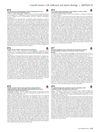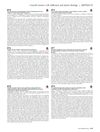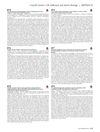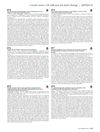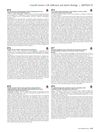Integration of Magnetic Tweezers and Traction Force Microscopy for Exploring the Mechanobiology of Keratinocyte Cell-Cell and Cell-Matrix Anchoring Junctions
April 2018
in “
Journal of Investigative Dermatology
”
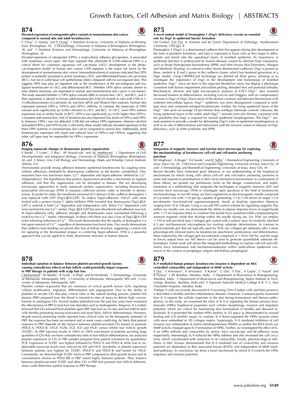
TLDR The conclusion is that a new method combining magnetic tweezers and traction force microscopy may help understand skin cell interactions and diseases.
The document describes preliminary research on a new method combining magnetic tweezers (MT) and traction force microscopy (TFM) to study the forces involved in keratinocyte interactions and attachments. The MT can apply forces of 1 to 5 nN to superparamagnetic beads with a quick response time and can correct for any remaining magnetic fields. The TFM tracks deformations in a physiologically relevant collagen gel matrix, which keratinocytes can attach to and differentiate on. This matrix has a Young's modulus of about 30 to 100 Pa, making it sensitive enough for the MT-induced forces to cause measurable changes. The goal for future research is to use this integrated approach to better understand the mechanics of cell-cell and cell-matrix interactions, particularly in relation to skin diseases such as pemphigus vulgaris and bullous pemphigoid.


